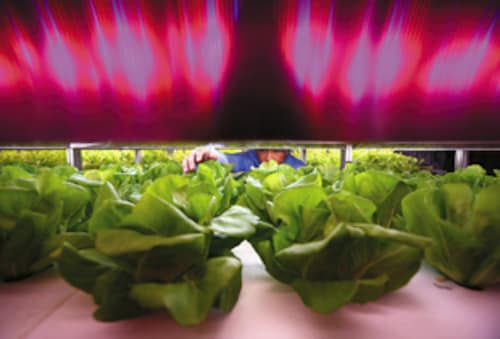3 Scientific Breakthroughs That Could Change Our Lives


Artificial Leaf
When chemistry professor Daniel Nocera at the Massachusetts Institute of Technology showed that a device the size of a poker card could split water into hydrogen and oxygen, he was merely taking a leaf out of Mother Nature’s playbook, except that he called it ‘artificial leaf’. Fashioned from silicon, electronics and catalysts, Nocera’s leaf mimics photosynthesis. When placed in about three litres of water, this ‘leaf’ produces a day’s supply of electricity to an average home in a developing country. “One can envision villages in India and Africa purchasing an affordable basic power system based on this technology,” says Nocera. Ratan Tata believes in the technology and forged a collaboration earlier this year.
Turning the Body’s T-cells into Cancer Killers
In the game of one-upmanship that most cancer cells display in the human body, it’s unprecedented that the tumours get blown away in a few weeks. So, when scientists at the University of Pennsylvania’s Abramson Cancer Center and Perelman School of Medicine found a full year of cancer remission in end-stage Leukemia by using patients’ genetically engineered T-cells (the human body’s immune system cells) to kill cancerous cells, it was hailed as a milestone. The results not only provide a potential roadmap for other cancers such as ovarian, lung and skin, but also an effective treatment with far fewer side effects than traditional chemotherapy.
Indoor Farming
First Published: Dec 20, 2011, 06:13
Subscribe Now